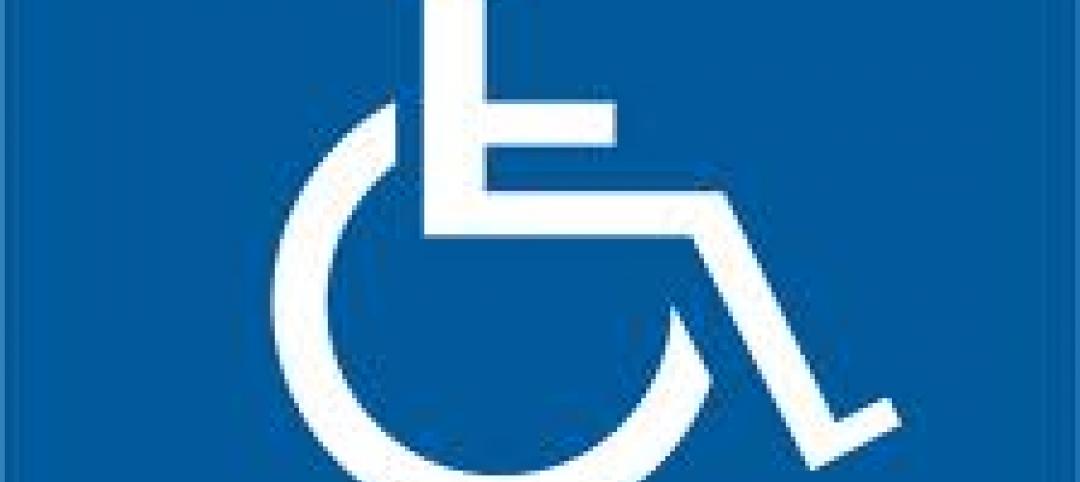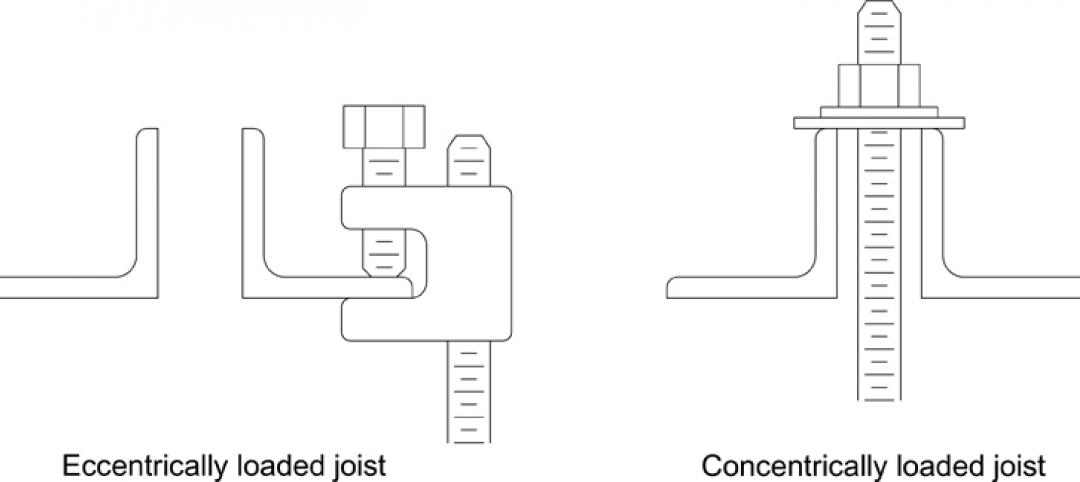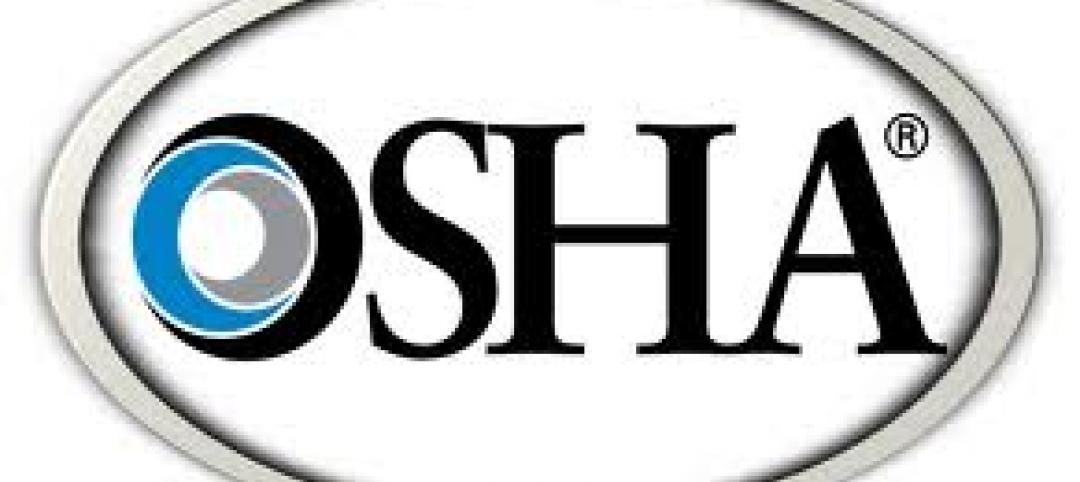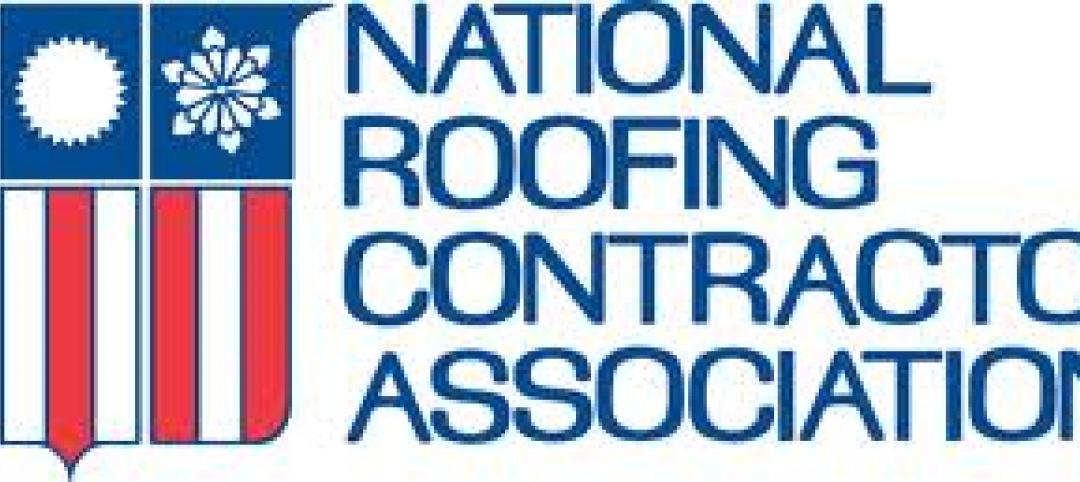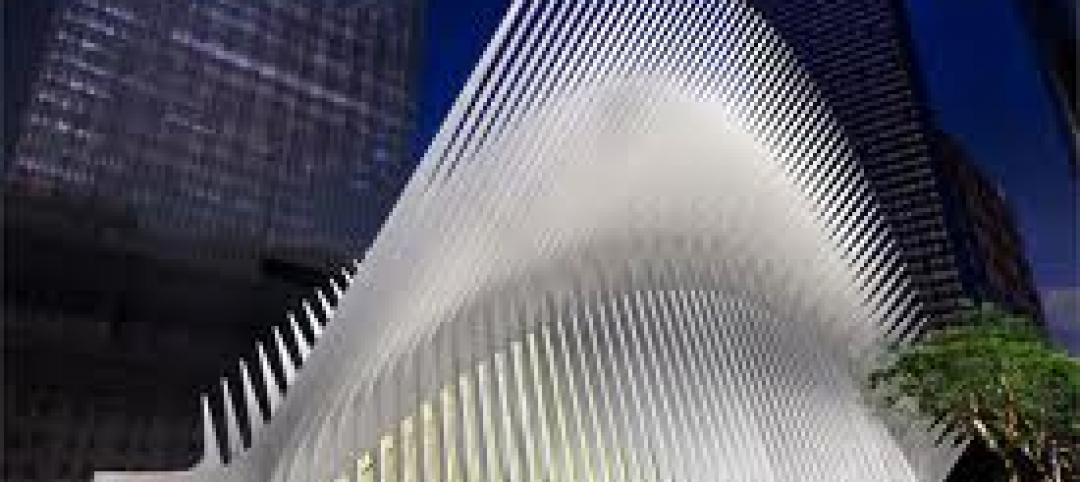A new report and a video presentation support the concept of a steel and timber composite system for mid- and high-rise buildings.
The American Institute of Steel Construction (AISC) and Skidmore, Owings & Merrill LLP (SOM) recently released the report which proposes a system consisting of structural steel columns and beams that support a Cross-Laminated Timber (CLT) floor system, creating a flat soffit condition. AISC and SOM partnered to study the combination of steel and CLT with an eye toward residential construction.
“AISC and SOM’s study successfully shows that the comparative steel-timber composite construction system could also be competitive in the high-rise residential market,” according to a news release. The steel and timber framing system builds on SOM’s Timber Tower Research Project that studied timber-concrete composite construction for a hypothetical high-rise building.
The report, “AISC Steel and Timber Research for High Rise Residential Buildings - Final Report,” and a video presentation by Benton Johnson, PE, SE, LEED Green Associate, senior structural engineer at SOM, titled, “Your Next Project Considering Steel & Timber Research for Residential Buildings,” are available for free at www.aisc.org/timberresearch.
Related Stories
| Jan 5, 2012
Some ADA accessibility rules change in 2012
Some changes to the Americans with Disabilities Act go into effect beginning March 15, 2012.
| Jan 5, 2012
Ontario's stringent energy code has builders concerned over indoor air quality
Some Ontario builders are worried that new building code requirements with stricter energy efficiency measures could lead to poor indoor air quality.
| Jan 5, 2012
New law bars Defense Department from new LEED certifications
The Defense Department will not be allowed to use any money to certify its buildings LEED Gold or Platinum, under a law President Obama signed Dec. 31.
| Jan 5, 2012
Some ADA accessibility rules change in 2012
Some changes to the Americans with Disabilities Act go into effect beginning March 15, 2012.
| Jan 3, 2012
New SJI Rule on Steel Joists
A new rule from the Steel Joist Institute clarifies when local reinforcement of joists is required for chord loads away from panel points. SJI members offer guidance about how and when to specify loads.
| Dec 29, 2011
OSHA enforcing new fall hazard standards
OSHA is enforcing its new fall protection standards, as evidenced by a recent crackdown in New York.
| Dec 29, 2011
NRCA offers program on new fall-protection requirements
The National Roofing Contractors Association's (NRCA's) program "Roofing Industry Fall Protection from A to Z" will be held Feb. 21 during the organization's 125th Annual Convention.
| Dec 29, 2011
Decision not to fireproof the new World Trade Center Transportation Hub criticized
Some criticized the decision, reasoning that the structure could be a terrorist target.
| Dec 29, 2011
Seismic safety in question at thousands of California public schools
California regulators responsible for enforcing earthquake safety laws have failed to certify more than 16,000 construction projects in California public schools, increasing the risk that some projects may be unsafe, according to a state audit report.
| Dec 29, 2011
GreenWizard offers cloud-based LEED credit management, assessment
The company recently began offering companies the ability to run assessments for design credits, in addition to traditional product-specific LEED credits.



